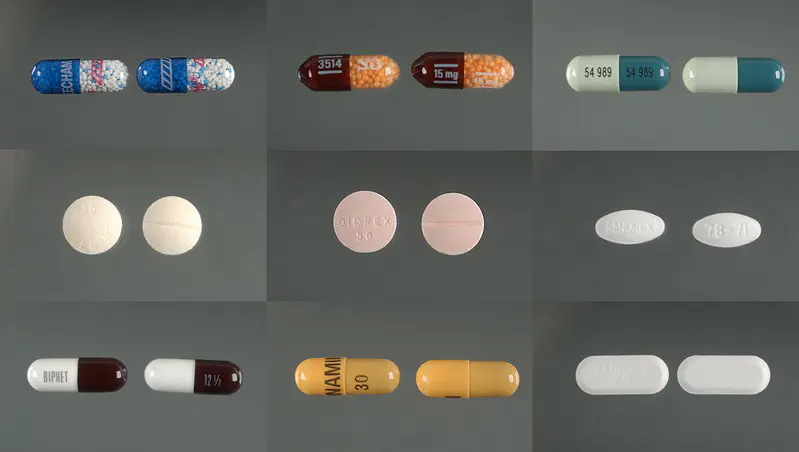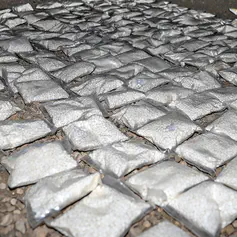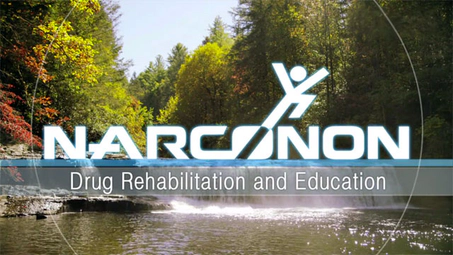DRUGS: WHAT YOU
NEED TO KNOW Booklet

Signs and Symptoms of Amphetamine Use

Courtesy of DEA.gov
Amphetamine is a strong stimulant drug that has both medical and illegal uses. Doctors may prescribe this drug to a person who has abnormal difficulty staying awake during the day. When used, it gives a person an artificial burst of energy which results in increased pulse and blood pressure. Even when being used legally amphetamines can have negative consequences.
Individuals who feel they lack the energy or alertness to perform like they want in either work or play situations find the drug attractive as it can give a temporary boost of energy. However, the drug can have many side effects and can be addictive.
Its ability to provide a quick boost of energy makes this drug popular with long-distance drivers and those who want to party in nightclubs all night.1 It is also used by terrorist organizations to induce vigilance and loyalty in its members and to fund their activities.
Signs of Amphetamine Use
- Rapid heart rate2
- Increased blood pressure
- Extended alertness
- Lack of hunger
- False sense of well-being
- Euphoria
- Sleeplessness
- Hyperactivity
- Restlessness
- Twitching of face or body
Adverse Side Effects
- Increased body temperature (can be fatal)
- Irritability
- Aggression
- Anger
- Sweating
- Tightness of jaw muscles
After extended use of amphetamine or methamphetamine, these symptoms may show up: 3
- Exhaustion
- Physical deterioration
- Tooth loss
- Heart damage
- Sadness
- Paranoia
- Mania
- Addiction
- Anxiety
- Psychosis
- Confusion
- Seizures
- Violence
The psychosis that can be caused by amphetamine use can extend past the use of the drug. High doses can result in stroke, coma, high fever, convulsions and cardiovascular collapse.4 It is possible to fatally overdose on either amphetamine or methamphetamine.

Withdrawal from these drugs can result in severe fatigue, mood disturbances, low motivation, difficulty concentrating or sleeping, depression, increased appetite and suicidal thoughts.
Multiple Forms of Amphetamines
There are several forms of this drug being trafficked.3 They are all chemically similar and not very complicated to synthesize if the necessary chemicals can be obtained.
- Amfetamine
- Dexamfetamine
- Levamphetamine
- 1-phenyl-2-aminopropane
- Phenyliospropylamine
- Methamphetamine
- Benzphetamine
Measuring Amphetamine and Methamphetamine Use
For the last several years, a group of scientists has been sampling wastewater in many cities across Europe.5 By measuring the volume of drug residues in the water and comparing it to the population served by that waste system, the group can calculate how much drug use exists in each city. Wastewater analysis provides an objective measure of drug use that interviews and surveys will never provide.
The variance between cities was startling. These numbers represent the number of milligrams of amphetamine that would have to be consumed per 1,000 people in that city to result in the wastewater measurements the group recorded.
- Stockholm, Sweden: 447 mg
- Saarbrucken, Germany 341mg
- Antwerp Zuid, Belgium 302 mg
- Helsinki, Finland 202 mg
- Amsterdam, Netherlands 164 mg
- Oslo, Norway 159 mg
- Uppsala, Sweden 115 mg
- Copenhagen, Denmark 74 mg
- Zurich, Switzerland 58 mg
- Dresden, Germany 35 mg
- Barcelona, Spain 32 mg
- Braz, Austria 27 mg
- Valencia, Spain 11 mg
- Milan, Italy 4 mg
- Lisbon, Portugal 3 mg
- Madrid, Spain 0 mg
- Paris, France 0 mg
For some cities like Stockholm, Antwerp and Helsinki, these numbers are almost twice as high as they were in 2015. Barcelona’s and Lisbon’s numbers were much the same.
Oslo also has the highest methamphetamine readings (237 mg), with Dresden in second place (133 mg).
Seizures of these Drugs
According to the European Center on Drugs and Drug Addiction, amphetamine is the second most-often seized drug in Norway, and the third most-seized drug in Finland, Germany and Sweden. It is less common in France, Luxembourg, and Italy.6
Captagon

Courtesy of the United States Army
Between 1970 and 1990, a prescription drug called Captagon was distributed widely, especially in Germany, Spain and Switzerland.7 The pills contained a stimulant called fenetylline. Manufacture was mostly discontinued in 1990, and much of the remaining stock was destroyed.
In 1992, manufacture of counterfeit Captagon pills began, eventually spreading to Iraq, Saudi Arabia, Jordan and Lebanon. These pills usually contained amphetamine plus caffeine, quinine and other ingredients. Trafficking of these pills was limited to the Middle East for a while. Then law enforcement agencies in Eastern Europe began seizing the drug. Finally, in 2020, amphetamine in the form of fake Captagon pills was seized in Italy—14 tonnes valued at $1 billion.8 This shipment was thought to have been manufactured in Syria.
Recovering from Amphetamine Addiction
It takes a thorough rehabilitation program to help a person recover from amphetamine or methamphetamine addiction because of the strong cravings that are part of these addictions. The best type of rehabilitation program for stimulant addiction is residential rehab, where the person can find the support they need, day or night.
A long-term rehab is a better choice than a short-term program. It can take time for a person’s central nervous system to recover from the disturbances created by these drugs. Those who have become addicted to stimulants like amphetamine or methamphetamine also need support while they detoxify from the strong chemicals used to create the drug.
A person who was once addicted to amphetamine can complete a good-quality rehab program in good condition and go on to live a productive, sober life. No matter how much this person might claim, while they are severely addicted, that they want to be left alone, they would be much happier and healthier after completing rehabilitation.
Sources:
-
European Monitoring Centre for Drugs and Drug Addiction (2010), “Selected issue 2010 problem amphetamine and methamphetamine issue 2010 use in Europe”. EMCDDA Publication (PDF) ↩︎
-
altomstoffer.dk, “AMFETAMIN” altomstoffer.dk Article ↩︎
-
European Monitoring Centre for Drugs and Drug Addiction, “Amphetamine Drug Profile” EMCDDA Article ↩︎ ↩︎
-
United Nations Office on Drugs and Crime, “Treatment of stimulant use disorders: current practices and promising perspectives” UNODC Discussion Paper (PDF) ↩︎
-
European Monitoring Centre for Drugs and Drug Addiction (2020), “Latest wastewater data reveal drug-taking habits in 68 European cities — traces of stimulant drugs rise again” EMCDDA Study ↩︎
-
EMCDDA Portal for Reitox national focal points Web Portal ↩︎
-
European Monitoring Centre for Drugs and Drug Addiction, “Captagon: understanding today’s illicit market” EMCDDA Paper ↩︎
-
BBC News (2020), “Captagon: Italy seizes €1bn of amphetamines ‘made to fund IS’” BBC News Article ↩︎

 ®
®
